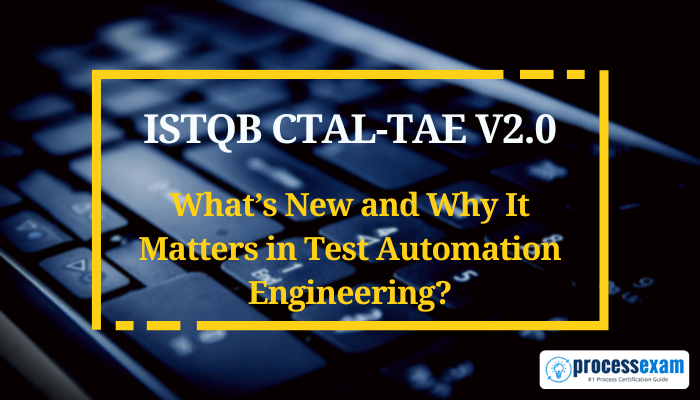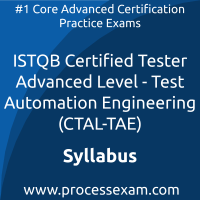
Software testing and automation are the backbone of modern software development, ensuring quality and reliability in every application we use. The ISTQB Certified Tester Advanced Level Test Automation Engineering (CTAL-TAE) certification has long served as a benchmark for professionals seeking to excel in test automation. With the release of version 2.0, the certification syllabus has been revamped to address the rapid technological advancements in the field. This article explores the updates in CTAL-TAE v2.0, their relevance to the industry, and how they can empower your career in test automation engineering.
Certification at a Crossroads: The Transformation of ISTQB CTAL-TAE
The ISTQB CTAL-TAE certification was introduced to meet the growing demand for expertise in test automation. Initially, it provided a structured approach to understanding automation fundamentals, implementation, and optimization. With the industry evolving, version 2.0 reflects significant advancements:

 To achieve the professional designation of ISTQB Certified Tester Advanced Level Test Automation Engineering from the ISTQB, candidates must clear the CTAL-TAE Exam with the minimum cut-off score. For those who wish to pass the ISTQB Test Automation Engineering certification exam with good percentage, please take a look at the following reference document detailing what should be included in ISTQB CTAL - Test Automation Engineering Exam preparation.
To achieve the professional designation of ISTQB Certified Tester Advanced Level Test Automation Engineering from the ISTQB, candidates must clear the CTAL-TAE Exam with the minimum cut-off score. For those who wish to pass the ISTQB Test Automation Engineering certification exam with good percentage, please take a look at the following reference document detailing what should be included in ISTQB CTAL - Test Automation Engineering Exam preparation. You can easily pass
You can easily pass